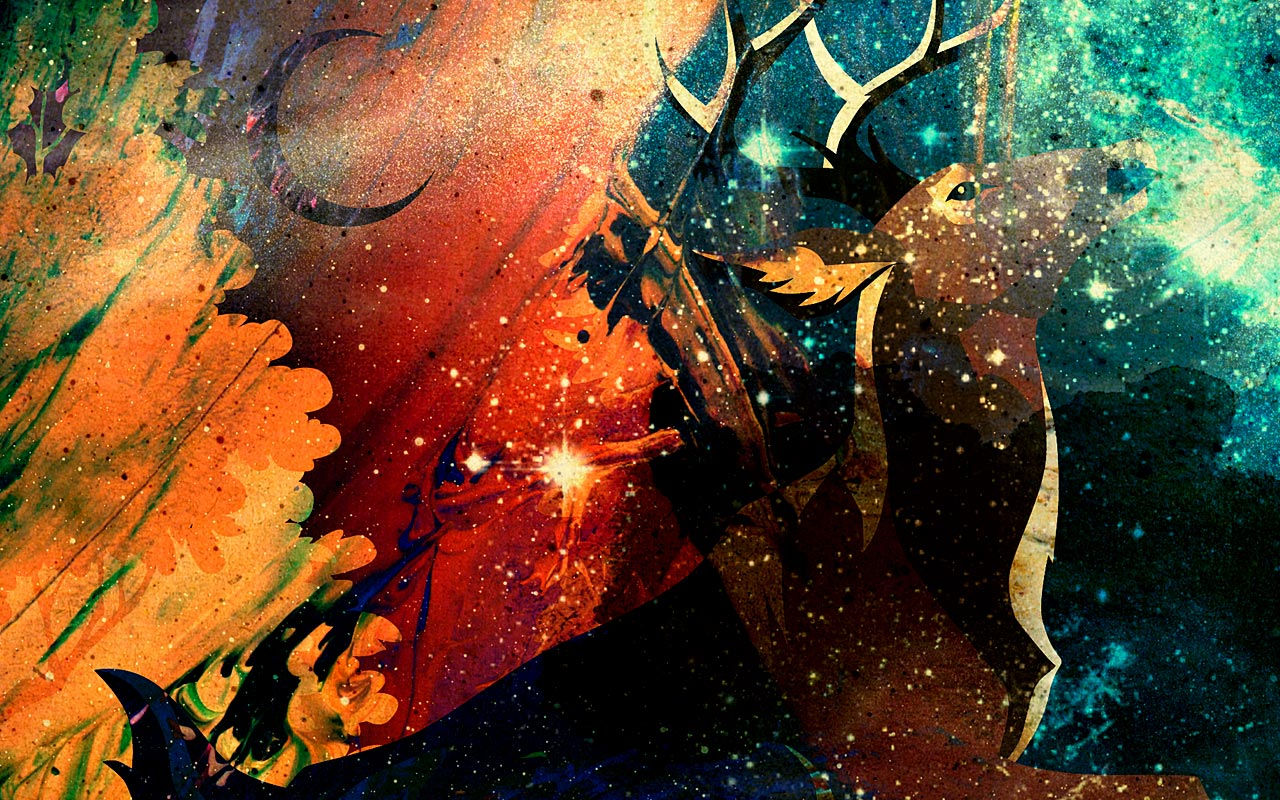Seeing 1917 at 19:30.
- Harry Sutherland
- Mar 4, 2020
- 3 min read
Updated: Mar 4, 2020
Alright! You alright?
Every film needs a hook, LEGEND had Tom hardy playing both Kray Brothers, BOYHOOD was shot over Twelve year and 1917 has it's very own... the one shot theory. I've read Respected cinematographer Roger Deakins and legendary stage and screen director Sam Mendes, were so invested with the immersive experience and the real-time concept that the best way to achieve these goals would be to give the illusion that the film 'Doesn't cut once'. The effect of this is, as an audience member, you cannot take your eyes off of the screen for fear of missing anything.
You really get to see every little, horrible thing about the trenches and WW1, without it being on the nose. One of my favourite moments in the film is where Schofield, played by George MacKay holds a post of barbed wire for Blake, played by Dean Charles Chapman, and his hand slips and his hand is lacerated by the spikes in the wire. The reaction from the audience was... it was one of the most vocal responses to a drama I'd seen in a long time.
Boys. Boys, not men. What really hits home to me whilst watching this film, is the often overlooked fact, that nearly all of the soldiers were boys. Boys with no concept of training of what would befall them in the vasty fields of France. This is apparent when the two protagonists of the story are given this mission to cross No Man's Land to stop an attack which the Germans have planned as a trap. The fear in the two men's eyes during the mission's briefing says it all. Fighting in a war changes a man, I'd put money on it!
A particular sequence of the film that stands out for me, after the single cut in the film where the time jumps two or three hours. Schofield has to navigate his way through a French town, now occupied by the Germans. The only light in the scene, are these flares that are shot in the air and then circulate the town before descending the town back into darkness. The beauty of this simple lighting concept, is that we get lovely shadows that hide a lot of the action. By hiding what the character sees adds to our experience as an audience... what are they seeing? What's his new obstacle?
Talk about coming full circle, the ending of the film, is as subtle, serene and beautiful as the opening. It's one man sitting by a tree, eyes closed, fade from black to black. To think, we- as an audience- have seen this character go through hell and back and now has hit one moment of stillness before his next assignment. The stillness. The absolute stillness, is such a juxtaposition to the other bedlam, almost anarchic moments in the film is what makes the film so special.
One of many thoughts I take away from the experience of watching the film is; how would today's modern British youth cope with being sent to war? We as a young generation, live in this world of appreance, issues and awareness of our image. How would we react to being sent to a war zone, up to our eyes in mud, rats and despair beyond any human comprehension.
'There's only one way this war ends. Last man standing'.
1917.



Kommentarer